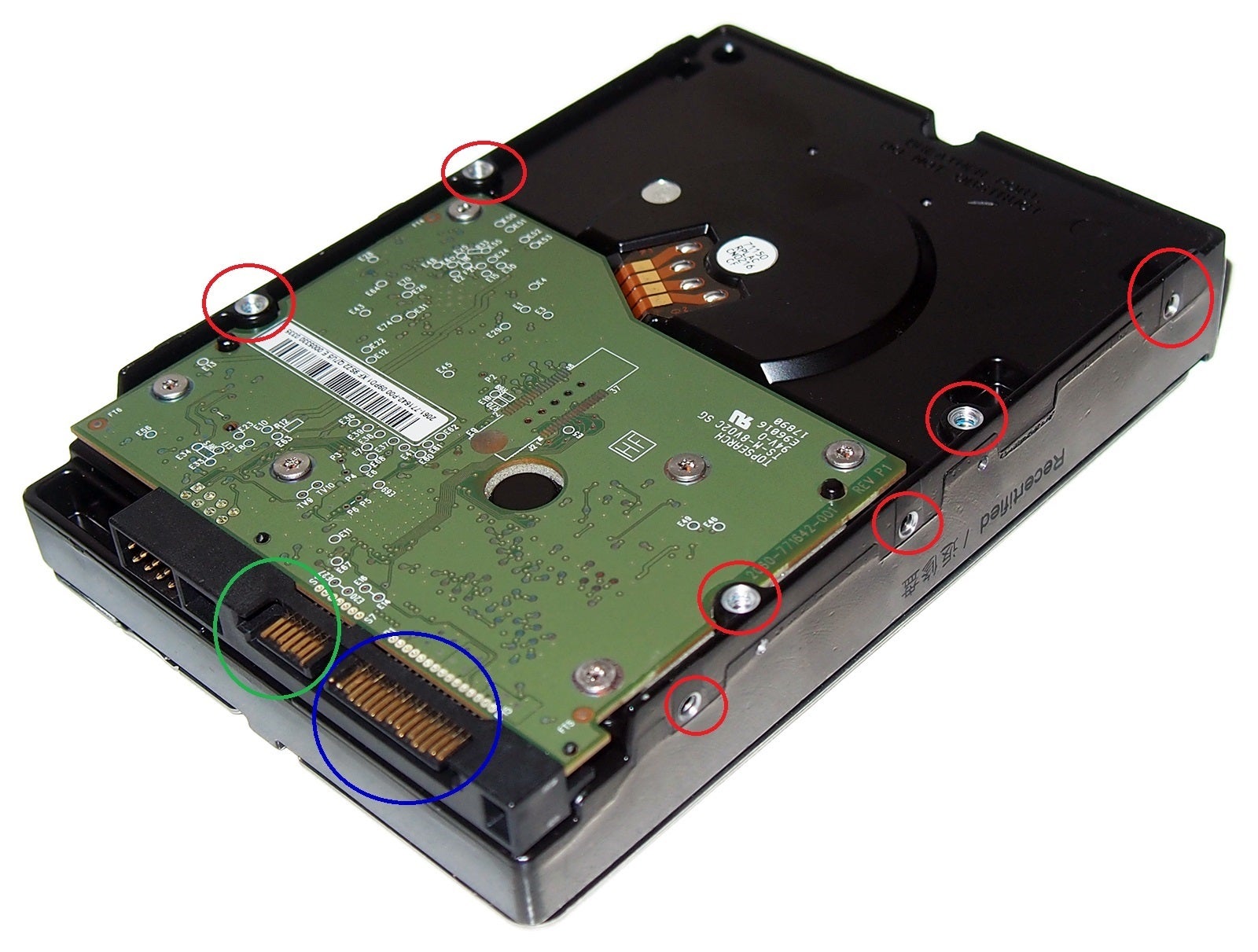Transforming One's System using Surplus Computer Pieces
Currently in this technology-focused world, enhancing your PC configuration can often feel overwhelming. The fast pace of innovation can make one questioning whether to spend money in the latest models or consider alternative options. One exciting avenue that has become popular among savvy tech enthusiasts is the arena of excess computer parts. These components can provide excellent value, allowing you to upgrade your system without breaking the bank.
Whether you are interested in build a budget gaming rig, refurbish an older laptop, or simply replace a malfunctioning part, understanding how to navigate the surplus market is crucial. In this comprehensive guide, we'll cover everything you need to know about buying surplus computer parts, including tips on what to consider, how to identify high-quality components, and where to find the best bargains. With the appropriate knowledge and approach, you can revamp your setup and experience top-notch performance without the steep price tag.
Buying Surplus Personal Computer Components

As considering revamping your setup using surplus PC items, it's crucial to understand the industry arena. Excess items can offer considerable cost reductions versus brand new components but still providing impressive efficiency. Yet, the crucial factor to a productive purchase lies in understanding what to look for and ensuring that the components satisfy your needs. With a small amount of investigation and attention, you can find high-quality parts at a small portion of their original price.
One of the most crucial factors of buying excess parts is finding a reliable vendor. Top retailers, whether on the internet or in physical shops, often provide a promise of condition or a return policy that can protect your purchase. Look for feedback, ratings, and return policies before finalizing a transaction. It’s prudent to also look for trusted sellers focusing on extra components, as they are generally to have a proven inventory and knowledgeable staff to help you.
Lastly, acquaintance with the exact parts you’re acquiring is important. Know the requirements and compatibility of the components you want for your setup. This understanding will help you form educated choices and avoid common mistakes. For instance, inspecting the overall condition of items like motherboards, video cards, and power supplies can prevent you from subsequent headaches and guarantee that your enhanced system functions well.
Evaluating Component Standards
As considering excess computer components, the quality of individual component is paramount to ensuring a dependable and functional setup. Commence by checking the visible state of the parts. click to investigate for evidence of wear, such as blemishes, deformations, or oxidation, which could indicate abuse or bad storage. https://rentry.co/tbnrwrtb that look well-maintained are typically more dependable. Furthermore, check for original labels and stickers, as these can signify legitimacy and help recognize vendor specifics.
Subsequently, concentrate on testing the operability of the components whenever possible. For items such as GPUs and RAM, you may find benchmarking tests or assessment tools available that can help confirm their performance. If the vendor allows, try to check the components in a working system. This hands-on approach not only ensures that the parts work but also gives you a chance to judge their performance level against current standards.
Lastly, research the credibility of the seller or vendor. Search for feedback or reviews from previous buyers to gauge reliability. Reputable sellers often offer some form of warranty or exchange policy, which can give additional peace of mind when investing in surplus parts. By carefully reviewing these factors, you can arrive at informed decisions and steer clear of potential pitfalls when enhancing your setup with excess components.
Security and Compatibility Considerations
When purchasing surplus computer parts, safety should consistently be a primary concern. Before making a transaction, verify that the components are from a trustworthy source. Seek out vendors who provide a warranty or return policy, since that indicates their confidence in the integrity of the products. Additionally, be careful of components that show excessive wear and tear or indications of damage, because they can lead to potential hazards such as electrical shorts or flames.
Compatibility is another crucial consideration. Different PC components have specific needs and specifications. For instance, mainboards, processors, and memory must all be congruent with each other in terms of connection type, form factor, and requirements. Ensure to investigate the specific requirements of your system and verify that the surplus parts you evaluate will function together seamlessly. Compatibility check tools are available online, which can help you ascertain if a part will fit your configuration.
Finally, always check for the genuineness of the components. Fake parts can sometimes look very much alike to genuine products, but they can show a deficiency in dependability and efficiency. Understand how to recognize features of authentic components, such as brand logos, serial numbers, and quality indicators. Through ensuring genuineness and compatibility, you can have assured that your setup not only runs efficiently but additionally remains safe for use.